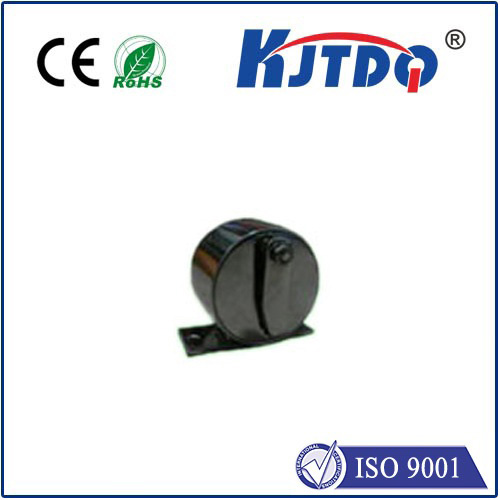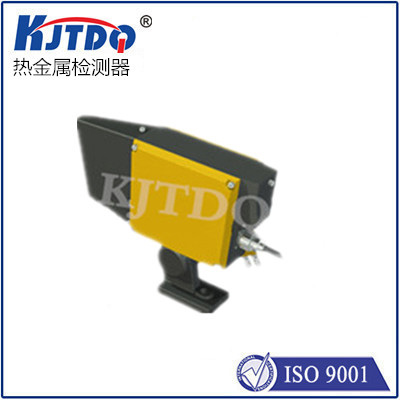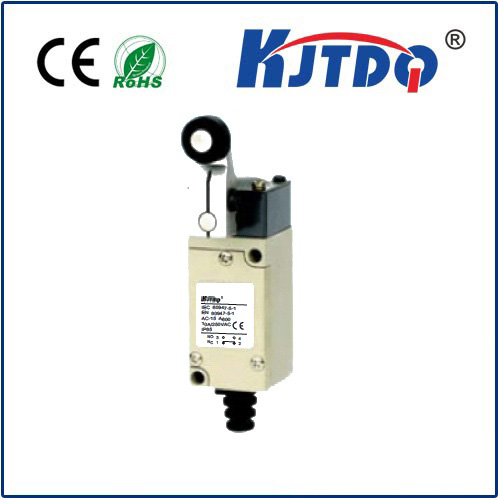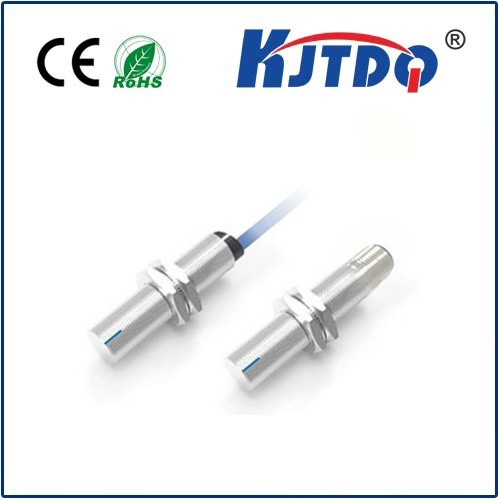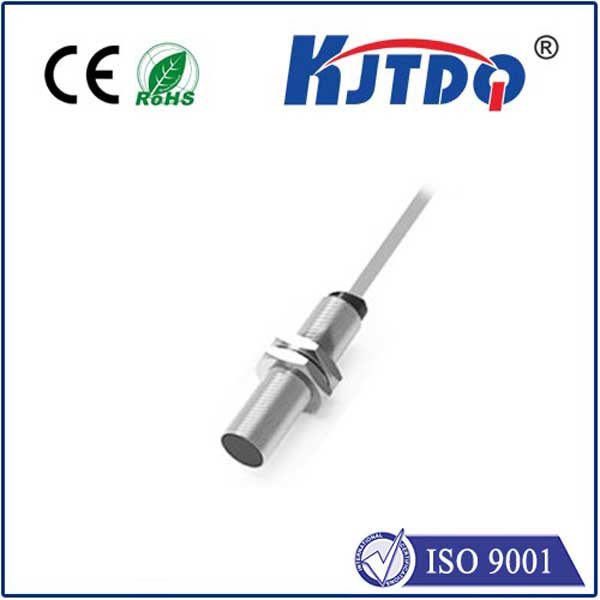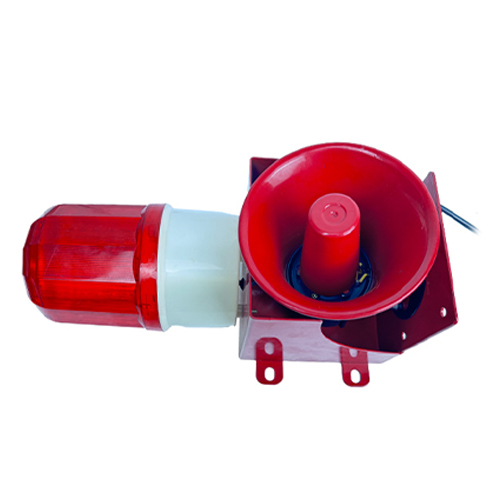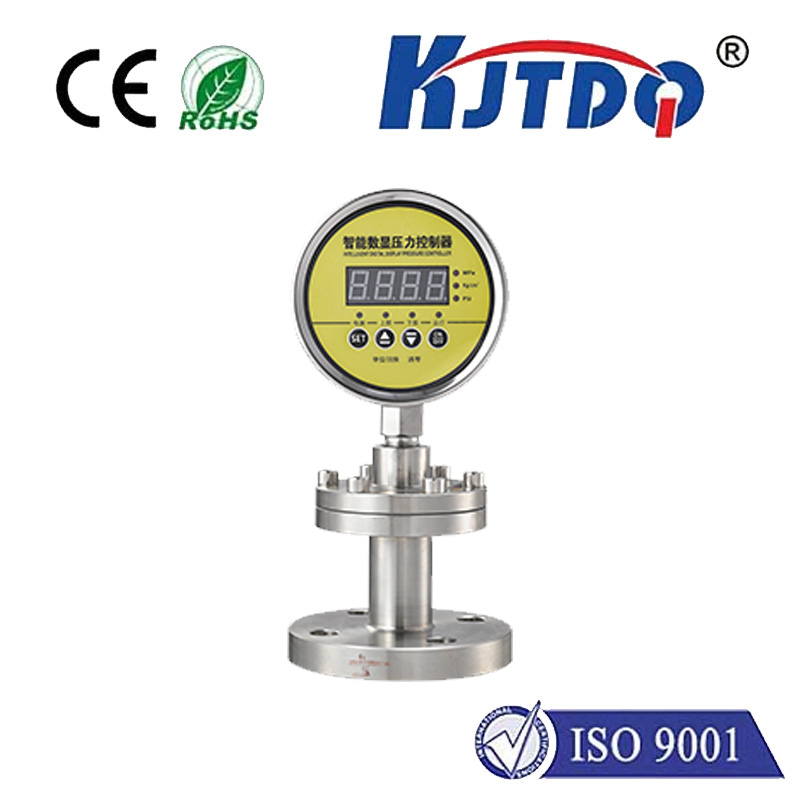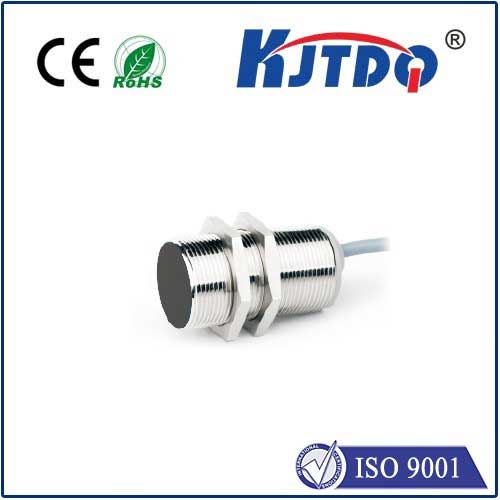

check

check

check

check

check

check

check

check

check

check
Primary Limit Switch: A Key to Machine Safety and Efficiency
The primary limit switch is an essential component in machinery that ensures safety and efficiency during operation. Its function is to detect the presence or absence of an object within a designated area, allowing machines to operate only when certain conditions are met. In this article, we will explore the role of the primary limit switch in modern machinery and how it contributes to improved performance and safety.
Firstly, let us define what a primary limit switch is. It is a type of sensor that can detect the position of an object or mechanism relative to its set point. When the object reaches the set point, the switch sends a signal to the control system to initiate or terminate a specific action. For example, in a conveyor belt system, the primary limit switch can detect when a package has reached the end of the belt, triggering the system to stop or reverse direction.

The importance of the primary limit switch lies in its ability to prevent machine malfunctions and potential accidents. By detecting the presence or absence of objects or mechanisms, it ensures that the machine operates within safe parameters, reducing the risk of harm to operators or damage to equipment. Additionally, it allows for precise control over machine movements, resulting in increased efficiency and productivity.
In industries such as manufacturing, packaging, and automation, the primary limit switch plays a crucial role in ensuring smooth operations. For instance, in assembly lines, it can detect if a part is correctly positioned before a robotic arm performs a task, preventing errors and improving product quality. Similarly, in packaging machines, the limit switch can monitor the movement of products, ensuring that they are properly aligned before sealing or labeling processes begin.
Furthermore, the primary limit switch offers flexibility in terms of installation and configuration. It can be easily integrated into existing systems or designed from scratch for new applications. This adaptability makes it suitable for various industries and machine types, ranging from simple conveyor belts to complex robotic systems.
Maintenance of the primary limit switch is also straightforward, consisting mainly of regular inspections and cleaning to prevent dust buildup or damage due to impacts. Should any issues arise, replacement parts are readily available, ensuring minimal downtime for repairs.
In conclusion, the primary limit switch is a vital component in modern machinery that contributes to both safety and efficiency. Its ability to detect the presence or absence of objects or mechanisms enables precise control over machine movements, reducing the risk of accidents and improving overall performance. With its ease of integration and maintenance, the primary limit switch remains an essential tool for various industries looking to optimize their operations effectively.
